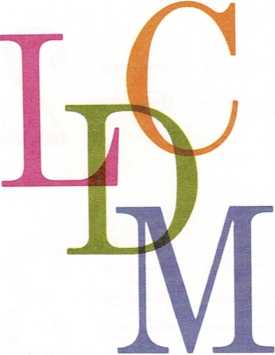Drugs – Dyslexia

Drugs are used to provide comfort and to prevent and cure disease.
Drugs are obtained from plants, animals, and minerals, or they are
produced synthetically.
Insulin, a hormone extracted from animal tissues, is also being
synthesized using recombinant DNA technology. Doctors use insulin to
control diabetes mellitus, a disease in which the body does not
produce enough insulin.Most antibiotics are produced from molds that live in the soil.
Doctors use antibiotics to treat blood poisoning, boils,
osteomyelitis, pneumonia, scarlet fever, and tuberculosis.Sulfa drugs are synthetic drugs produced from chemicals. Doctors may
use sulfa drugs against urinary tract infections.Vaccines are made from the growth of bacteria or viruses. Vaccines
have been developed to prevent diphtheria, poliomyelitis, measles,
mumps, German measles, whooping cough, tetanus, hemophilus
influenzae infections, and other diseases.
“`{=html}
“`
- Silver nitrate is a drug derived from a mineral. Doctors drop silver
nitrate into the eyes of newborn babies to prevent infection.
The same drug often may be dispensed in different forms. For the child
who cannot swallow capsules or tablets, a doctor may prescribe a syrup,
drops, or chewable tablets. If a child is vomiting, the drug may be
given as a suppository. A doctor injects a drug to get a rapid effect,
or if the drug is ineffective when taken by mouth. Timerelease capsules
allow the action of the drag to be spread over a period of hours.
Many drugs can be bought without prescriptions, but there are dangers in
giving them to children. Many illnesses have similar symptoms but are
treated differently. Your doctor will diagnose the illness and prescribe
the proper drag and dosage. An overdose of any drug may be harmful. Do
not even give vitamins to your child without first checking with your
doctor.
After your child recovers, discard any left-over drugs that were
prescribed to treat the illness. Medicines often deteriorate with time.
Also, they may be hazardous to a child exploring the medicine cabinet,
[m.g.]
Drug abuse. Drugs are a serious problem in today’s society. Children
using drugs often have noticeable behavior changes, as well as changes
in school performance and a decline in social interests. If you suspect
your child is using drugs, you need to discuss this with both your child
and your child’s doctor.
The most common drugs and other illicit substances used by children and
adolescents are cigarettes, alcohol, marijuana, cocaine, crack, and
Phencyclidine (PCP).
You should also be sure that any babysitter you entrust your child to
does not use any of these substances. (See also [The drug
problem] in For Special Consideration.)
Sharon Galli, M.D., Consulting Editor
Dyslexia. Significant confusion exists regarding the definition of
this term. Many specialists define it as a severe level of reading
impairment in a person of normal intelligence who does not have major
neurological or physical abnormalities and is not environ
mentally disadvantaged. People with dyslexia experience letter and word
reversal. For example, they may not be able to distinguish saw and
was, or the letters d and b. Some specialists believe that
dyslexia results from a mild neurological disorder; however, this view
is not uniformly shared by specialists in this area.
The evaluation of a child with a reading difficulty includes a battery
of neuropsychological tests, a physical examination, and vision and
hearing screening tests. Helping a child with dyslexia involves
developing an individualized program that focuses on a child’s
developmental and emotional strengths and weaknesses. [mse.]
